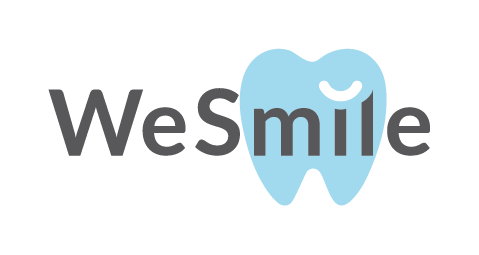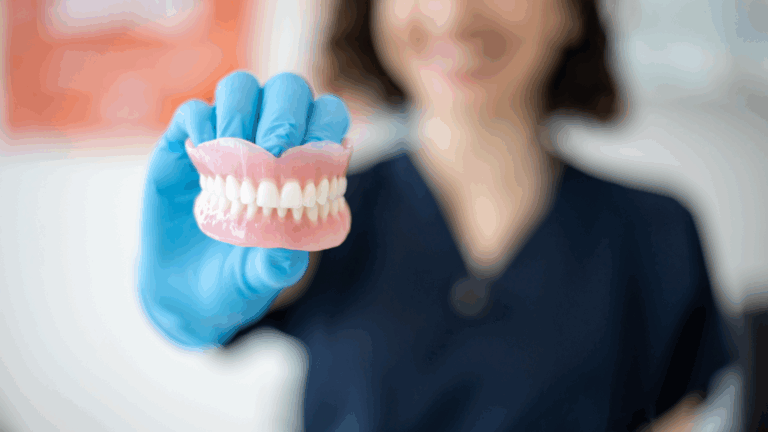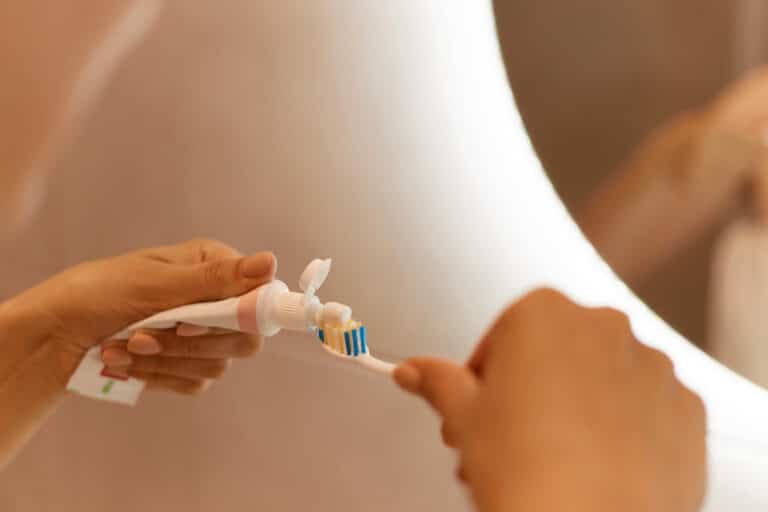Maintaining good oral health is essential for a confident smile and overall well-being. At our clinic, we understand the importance of effective teeth brushing and choosing the right toothbrush for optimal dental care. In this comprehensive guide, we’ll explore the reasons behind the significance of teeth brushing, share insights on frequency, delve into the effectiveness of whitening, discuss proper techniques, and address common queries about toothbrush maintenance and care.
Why is brushing your teeth important for oral health?
Brushing your teeth is not just a routine; it’s a cornerstone of good oral hygiene. Regular brushing helps remove plaque—a sticky film of bacteria—from your teeth. If left unaddressed, plaque can lead to cavities and gum disease, jeopardising your oral health. Beyond the prevention of dental issues, brushing also refreshes your breath and contributes to an overall clean and healthy mouth. This is the same for going for routine check-ups and teeth cleaning at the dentists’, routine visits make sure that there is no plaque build-up and your gums and teeth stay healthy.
How often should you brush your teeth for optimal dental care?
The frequency of teeth brushing plays a crucial role in maintaining optimal dental care. Dentists recommend brushing your teeth at least twice a day—once in the morning and once before bedtime. This routine ensures that you effectively remove the accumulated plaque and bacteria, reducing the risk of oral health problems. Brushing after eating also helps to reduce staining – read more about other tips on stain removal.
Does brushing teeth whiten teeth effectively?
While regular brushing is essential for maintaining the natural whiteness of your teeth, it might not be sufficient for achieving a noticeably brighter smile. To enhance tooth whiteness, consider using whitening toothpaste or consulting with your dentist for professional whitening treatments which includes scaling and polishing.

What are the steps for effective tooth brushing?
Effective tooth brushing involves more than just moving the brush back and forth. Follow these steps for a thorough cleaning:
- Choose the right toothbrush: Select a soft-bristled brush that can reach all areas of your mouth comfortably.
- Use fluoride toothpaste: Apply a pea-sized amount of fluoride toothpaste to your brush.
- Brush at a 45-Degree angle: Hold your brush at a 45-degree angle to the gums and move it in short, circular motions.
- Clean each surface: Brush the outer, inner, and chewing surfaces of your teeth.
- Don’t forget your tongue: Gently brush your tongue to remove bacteria and keep your breath fresh.
How often should you change your toothbrush?
Regularly changing your toothbrush is crucial for effective cleaning. Aim to replace your toothbrush or toothbrush head every three to four months, or sooner if the bristles appear frayed. A worn-out toothbrush may not clean your teeth as effectively, compromising your oral hygiene routine.
How to effectively floss your teeth?
Flossing complements tooth brushing by reaching areas your toothbrush can’t. To floss effectively:
- Use Enough Floss: Cut about 18 inches of dental floss and wind it around your middle fingers, leaving a few inches to work with.
- Glide Between Teeth: Gently slide the floss between your teeth, curving it around each tooth in a C-shape.
- Move Up and Down: Move the floss up and down against the tooth to remove plaque and debris.
- Use a Clean Section: As you move to the next tooth, use a clean section of floss to avoid transferring bacteria.
Are electric toothbrushes more effective than manual ones?
Electric toothbrushes have gained popularity for their efficiency in cleaning teeth. The oscillating or rotating bristle movements can provide a more thorough cleaning than manual brushing for some individuals. If you choose an electric toothbrush, ensure you use it correctly for optimal results.

How to use an electric toothbrush?
- Apply toothpaste: Use a pea-sized amount of toothpaste on the brush head.
- Turn it on: Power on the electric toothbrush and place it on your teeth at a 45-degree angle.
- Let it work: Allow the bristles to do the work. Move the brush head slowly from tooth to tooth, spending a few seconds on each.
- Don’t press too hard: Electric toothbrushes are designed to do the work for you. Avoid applying excessive pressure, as it can harm your gums.
What tooth brushing habits can harm your teeth?
While regular brushing is essential, certain habits can harm your teeth. Avoid the following to maintain optimal oral health:
- Brushing too hard: Aggressive brushing can damage enamel and irritate gums.
- Using an old toothbrush: A worn-out toothbrush is less effective at cleaning your teeth.
- Ignoring your tongue: Neglecting to clean your tongue can contribute to bad breath.
- Not rinsing properly: Rinse your mouth after brushing to remove lingering toothpaste and bacteria.
Why do gums bleed when brushing teeth?
If your gums bleed during brushing, it could be a sign of gum disease or improper brushing technique. Use a soft-bristled toothbrush, be gentle, and schedule a dental check-up if bleeding persists.
Smile bright: Teeth brushing and choosing the right toothbrush for optimal oral health

Mastering the art of teeth brushing and choosing the right toothbrush are essential steps towards achieving excellent oral health. By incorporating these practices into your daily routine and addressing common concerns, you can maintain a healthy, bright smile for years to come. If you have specific questions or concerns, don’t hesitate to reach out to our dentists for personalised advice and guidance. Remember, a confident smile starts with a healthy mouth!
FAQs
Can I brush my teeth after whitening?
Teeth whitening is a popular cosmetic procedure to enhance the brightness of your smile. However, it’s essential to follow specific guidelines after whitening to avoid potential issues. Here’s what you should consider:
Wait 24 Hours: After professional whitening at a dental clinic or using at-home whitening products, it’s advisable to wait at least 24 hours before brushing your teeth. This waiting period allows your teeth to recover from the whitening process and reduces the risk of irritation.
Use a gentle toothbrush: When you resume brushing, choose a soft-bristled toothbrush to minimise abrasion. Your teeth may be more sensitive after whitening, and a gentle approach helps prevent discomfort.
Consider toothpaste choice: Opt for a toothpaste specifically formulated for sensitive teeth to further minimise potential sensitivity post-whitening.
Consult your dentist: If you have any concerns or questions about post-whitening oral care, consult your dentist. They can provide personalised advice based on the type of whitening treatment you’ve undergone.
How do you brush your teeth after a tooth extraction?
Recovering from a tooth extraction requires special care to promote healing and prevent complications. While it’s crucial to follow your dentist’s instructions, here are general guidelines on how to brush your teeth after a tooth extraction:
Wait for guidance: Initially, your dentist may advise you to avoid brushing the extraction site for the first day or two. Follow their specific instructions regarding when to start brushing.
Brush gently: When you begin brushing, do so gently. Use a soft-bristled toothbrush to avoid causing irritation to the healing area.
Avoid the extraction site: Be cautious to avoid direct contact with the extraction site while brushing. Focus on the surrounding teeth and gum areas.
Use mild toothpaste: Choose a mild, non-irritating toothpaste. Some dentists recommend a toothpaste without harsh additives or strong flavours during the initial days of recovery.
Rinse with salt water: Incorporate saltwater rinses into your oral care routine. Rinsing with a warm saltwater solution can help keep the area clean and promote healing.
Follow-up appointments: Attend any follow-up appointments scheduled by your dentist to monitor the healing process. They may provide additional recommendations based on your specific case.
By following these guidelines and adhering to your dentist’s advice, you can maintain good oral hygiene while ensuring a smooth and uneventful recovery after a tooth extraction. If you experience any unusual symptoms or have concerns, don’t hesitate to reach out to your dental professional for guidance.


